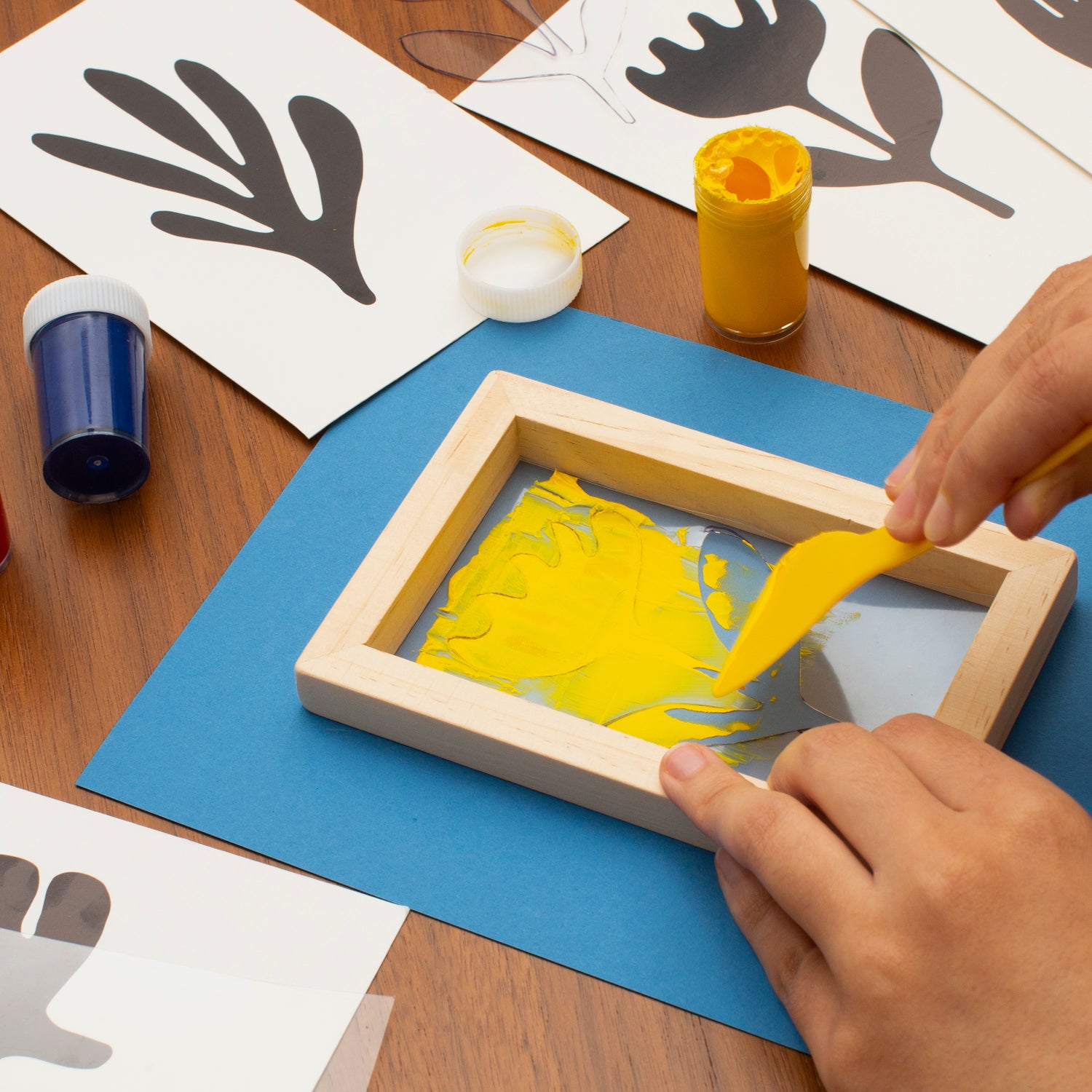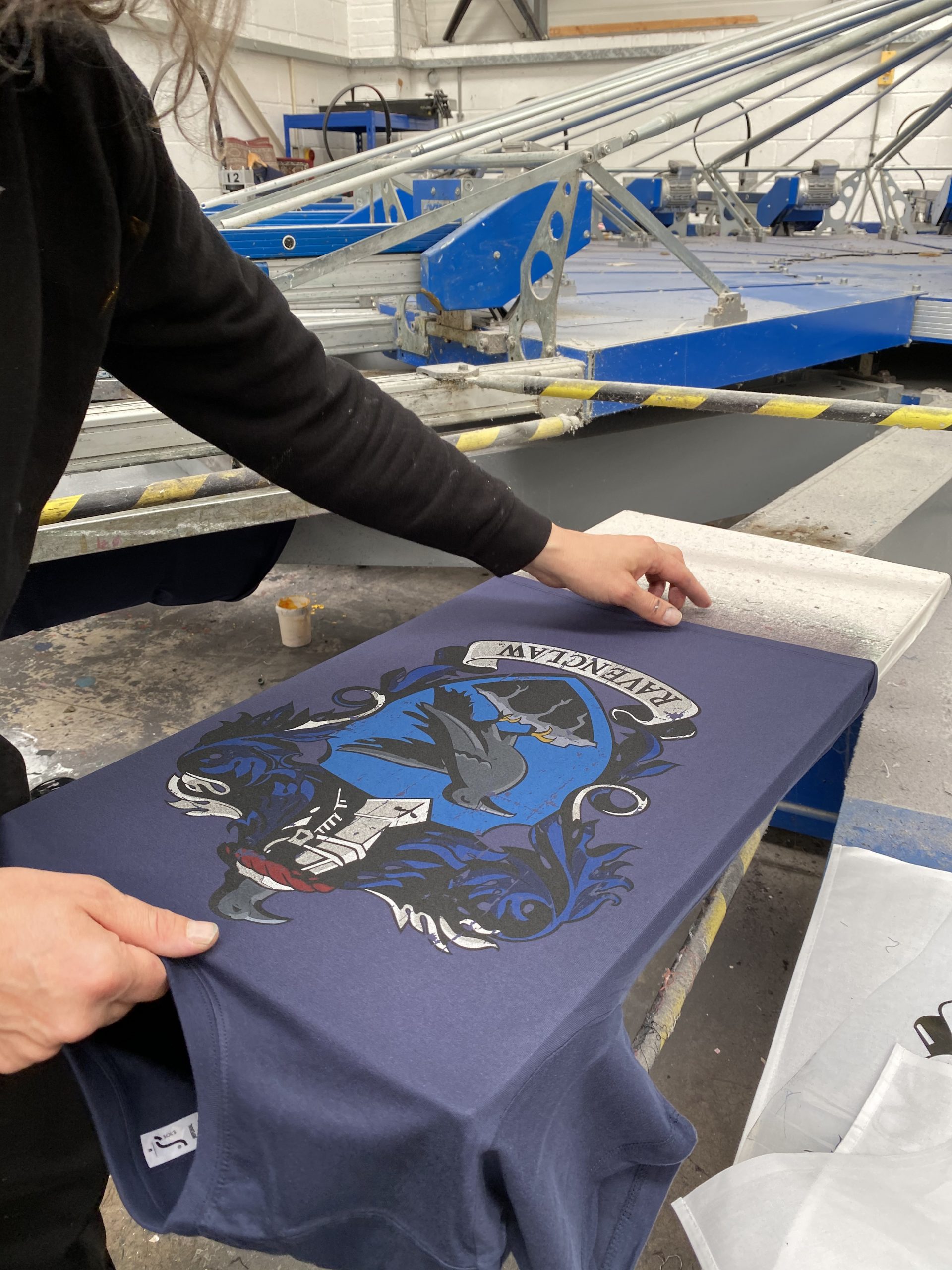The Essential Overview to Recognizing Screen Printing and Its Versatile Utilizes
Screen printing has an abundant background that dates back to ancient times, evolving right into an innovative strategy used across numerous sectors today. This guide explores the intricacies of the screen printing procedure, outlining its applications in home, style, and advertising design - 10:9 Design reviews. Recognizing these principles can open up imaginative capacity for both business and imaginative tasks. The following areas will reveal crucial pointers and methods to improve one's screen printing ventures
The History of Screen Printing
Although screen printing has roots that trace back centuries, its evolution shows the technical and imaginative improvements of different societies. Originating in old China, the technique was originally made use of for embellishing fabrics and later infect Japan, where it came to be indispensable to Ukiyo-e woodblock printing. The approach changed to Europe in the 18th century, where it obtained appeal amongst craftsmens and commercial printers. The development of image solution in the 20th century revolutionized screen printing, permitting even more intricate styles and greater performance. Artists like Andy Warhol further propelled its popularity, utilizing the medium to produce legendary works that blended commercialism and art. By the late 20th century, screen printing had developed itself as a functional method, used in style, marketing, and art. Today, it remains to progress, incorporating digital innovation and broadening its applications throughout different sectors.
The Screen Printing Refine Explained
Screen printing changes imaginative visions into concrete styles via a series of accurate actions. Originally, a picture is developed and after that moved onto a screen, generally constructed from great mesh textile stretched over a frame. A light-sensitive solution is related to the screen, which is exposed to light, hardening in locations not covered by the image. After washing out the unhardened emulsion, a stencil is created.
Next off, the screen is placed over the substrate, whether it be material, paper, or an additional product. Ink is after that pressed via the open areas of the stencil making use of a squeegee, depositing the style onto the substrate listed below. This process can be repeated for numerous shades, needing separate screens for every shade. The published thing is healed using warmth to assure the ink sticks effectively, resulting in a durable, dynamic design all set for use.
Types of Screen Printing Techniques

Furthermore, specialized methods, such as discharge screen printing, remove color from the material to develop softer prints, while aluminum foil screen printing uses metal foil to achieve a glossy coating (10:9 Design Texas). Each method uses distinctive features, accommodating various innovative needs and production ranges, ultimately expanding the possibilities within the screen printing domain
Applications of Screen Printing in Different Industries

In addition, the signage and advertising and marketing industries use screen printing for producing captivating display screens and banners. This technique permits vibrant colors and intricate designs that capture interest. In electronic devices, screen printing is employed for using conductive inks to circuit card, essential for component links. The home decoration industry embraces screen printing to create unique layouts on textiles and wall surface art. Generally, screen printing functions as a vital tool throughout varied areas, improving items with customized and visually appealing graphics.
Tips for Effective Screen Printing Projects
While embarking on a screen printing task, mindful interest to information can substantially boost the final result. Initially, picking premium materials is important; this includes the screen, inks, and substrates. Making use of ideal mesh counts can influence ink deposition and information resolution. Prep work is equally crucial; complete cleansing of screens and proper exposure times assure crisp prints.
Next off, exact enrollment is critical for multi-color prints. Using placement devices can help accomplish exact layering. Additionally, screening prints on scrap materials prior to production aids recognize possible issues without losing resources.

Regularly Asked Questions
What Products Are Ideal for Screen Printing on Textile?
Cotton and polyester blends are excellent for screen printing on material because of their longevity and ink absorption. Additionally, specialized materials like silk or canvas can create unique textures and finishes, improving the overall layout high quality.
How Do I Clean and Maintain Screen Printing Tools?
To clean up and keep screen printing tools, one need to on a regular basis clean displays with proper solvents, evaluate squeegees for wear, lube relocating parts, and store all products in a dry, dust-free environment to lengthen their life-span.
What Are the Environmental Effects of Screen Printing?
Screen printing can have substantial ecological impacts, including chemical waste from solvents and inks, water usage during cleaning processes, and energy consumption. Lasting methods and eco-friendly materials are necessary for minimizing these negative effects.
Can Screen Printing Be Done in your home Properly?
Screen printing can be successfully done at home with the appropriate products and methods. Hobbyists can create high quality prints, though success relies on their skill degree, equipment, and understanding of the process included.
What Are the Expenses Connected With Beginning a Screen Printing Service?

Starting a screen printing organization includes costs for equipment, materials, and workspace. Initial expenditures commonly range from a few hundred to several thousand dollars, depending upon the range, high quality of equipment, and desired manufacturing capacity.
Screen printing has a rich history that dates back to ancient times, evolving right into an innovative strategy made use of throughout numerous industries today. Another technique, rotating screen printing, employs cylindrical displays, promoting continual printing on material rolls, consequently improving performance for massive productions. In addition, specialized techniques, such as discharge screen printing, eliminate color from the textile to create softer prints, while check here foil screen printing uses metallic foil to achieve a shiny surface. In the fashion market, screen printing is widely used to produce vivid layouts on garments, making it possible for brand names to showcase their unique designs. Cotton and polyester blends are perfect for screen printing on textile due to their toughness and ink absorption.